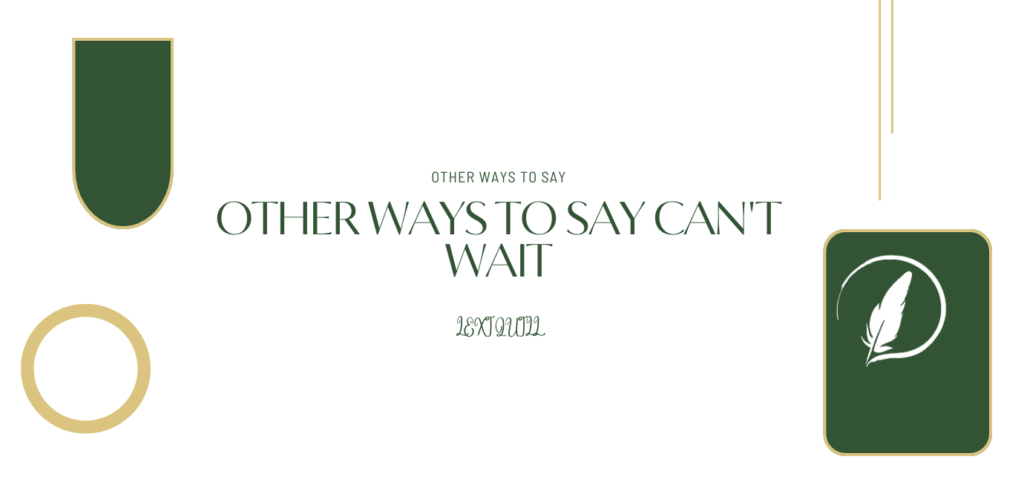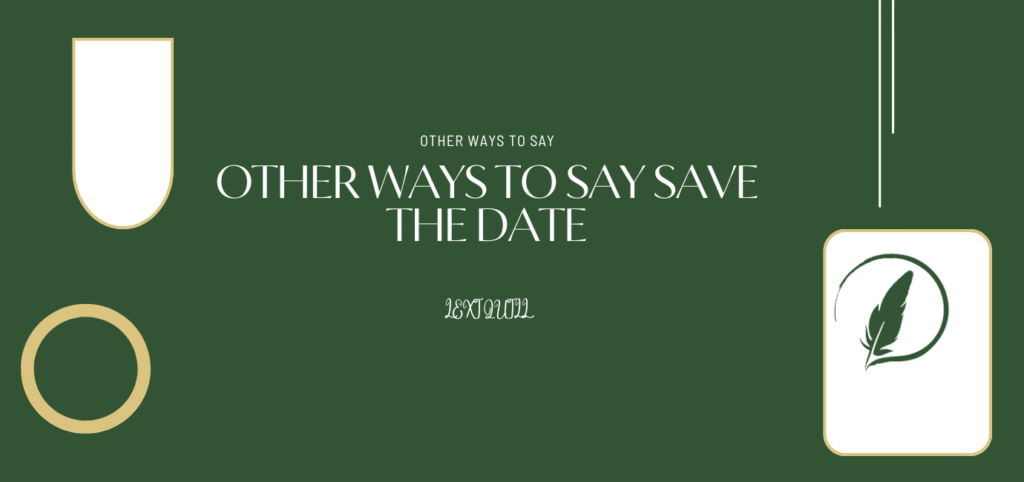In the professional world, how you say something can be just as important as what you say. Mastering respectful and effective communication is essential for building trust, resolving conflict, and progressing in your career. One common phrase that often needs a more nuanced or polished alternative is “I disagree.” While direct, this phrase can come off as confrontational or blunt in a business context.
So, how do you professionally say “I disagree” without damaging relationships or sounding overly assertive? In this article, we’ll explore several professional synonyms for “I disagree” that will help you express dissent thoughtfully, constructively, and with professionalism.
Why Avoid Simply Saying “I Disagree” in Professional Settings?
While there’s nothing inherently wrong with disagreeing, how you communicate it can affect team dynamics, negotiations, and even your professional image. Using more thoughtful phrases shows emotional intelligence, tact, and a willingness to collaborate. Whether you’re in a meeting, writing an email, or participating in a group project, using professional language demonstrates maturity and foresight.
Option 1: “I See It Differently”
This is a soft yet confident way of expressing disagreement without triggering defensiveness.
Nuance: This phrase acknowledges the other person’s viewpoint while signaling that your perspective diverges. It invites dialogue rather than confrontation.
Contextual Usage: Use this in team meetings, one-on-one discussions, or brainstorming sessions where opinions vary.
Example Sentence:
“I see it differently — I believe focusing on customer retention might bring more value than acquisition at this stage.”
Related Professional Synonyms: “I have a different perspective,” “My take is a bit different.”
Option 2: “I Understand Your Point, However…”
This approach shows active listening and empathy before introducing your own viewpoint.
Nuance: Acknowledging someone’s point first helps maintain rapport and frames your disagreement as a contribution, not opposition.
Contextual Usage: Suitable for presentations, client meetings, or any situation where diplomacy is key.
Example Sentence:
“I understand your point, however, the data suggests a different outcome when we tested this approach last quarter.”
Business Synonyms: “That’s a valid point, but,” “You raise a good point, although…”
Option 3: “I’d Like to Offer an Alternative Perspective”
This is a professional and collaborative way to disagree while adding value to the discussion.
Nuance: It suggests that you’re contributing a new idea, not dismissing someone else’s.
Contextual Usage: Best used in strategy sessions, proposal reviews, or collaborative settings.
Example Sentence:
“I’d like to offer an alternative perspective—what if we test the new platform on a smaller user group first?”
Professional Synonyms: “May I propose a different approach?” “Can I suggest another angle?”
Option 4: “I’m Not Sure I Agree With That Approach”
This version introduces disagreement with a degree of uncertainty, making it less confrontational.
Nuance: By softening your stance, you encourage further discussion without shutting others down.
Contextual Usage: Appropriate in client feedback sessions, team evaluations, or stakeholder meetings.
Example Sentence:
“I’m not sure I agree with that approach. Have we considered the impact on our long-term brand strategy?”
Business Synonyms: “That might not align with our objectives,” “I have some reservations.”
Option 5: “I Respectfully Disagree”
A more direct but courteous expression of disagreement.
Nuance: This phrase maintains honesty while showing respect, which is crucial in hierarchical or formal environments.
Contextual Usage: Ideal for boardroom debates, performance reviews, or cross-departmental discussions.
Example Sentence:
“I respectfully disagree. The metrics indicate the opposite trend.”
Professional Synonyms: “I beg to differ,” “With all due respect, I see things differently.”
Option 6: “Another Way to Look at This Might Be…”
This phrasing encourages reframing the issue rather than outright disagreeing.
Nuance: It encourages creative problem-solving and keeps the discussion positive and constructive.
Contextual Usage: Use in workshops, design reviews, and cross-functional collaboration sessions.
Example Sentence:
“Another way to look at this might be to consider how competitors handled a similar situation.”
Related Business Phrases: “What if we consider this angle?” “Here’s another viewpoint to consider.”
Option 7: “That’s One Perspective, But…”
This phrase acknowledges the validity of another’s viewpoint while introducing your own.
Nuance: It maintains balance and invites open conversation rather than conflict.
Contextual Usage: Effective in debates, ideation sessions, and even written reports.
Example Sentence:
“That’s one perspective, but we also need to factor in user experience and operational cost.”
Professional Alternatives: “That’s a good point, though I’d argue,” “One could also consider…”
Option 8: “Let’s Explore That Further”
This indirect response implies disagreement while showing a willingness to delve deeper.
Nuance: Rather than rejecting an idea, you suggest a more detailed discussion that may reveal flaws or alternatives.
Contextual Usage: Great for managers, team leads, and facilitators who want to guide decision-making collaboratively.
Example Sentence:
“Let’s explore that further — I’d like to understand how it aligns with our resource capacity.”
Business Synonyms: “Let’s take a closer look,” “Could we unpack that idea more?”
Why Professional Language Matters
Using professional language — especially in situations involving disagreement — reflects your emotional intelligence, tact, and maturity. It helps:
- Build trust with colleagues and clients
- Foster a culture of respectful communication
- Prevent misunderstandings and conflict
- Improve collaboration and productivity
- Strengthen your leadership presence
When you replace blunt phrases with professional synonyms for “I disagree,” you’re not just softening your tone — you’re enhancing your influence.
Conclusion:
In today’s fast-paced and often collaborative work environments, how you express dissent can define your professional reputation. Saying “I disagree” may get the point across, but it risks being too harsh or dismissive. By adopting polished alternatives like “I see it differently,” “I respectfully disagree,” or “I’d like to offer an alternative perspective,” you show that you’re a thoughtful communicator and a team player.
Knowing how to professionally say “I disagree” empowers you to navigate workplace conversations with confidence, diplomacy, and clarity. Start incorporating these alternatives into your daily communication to elevate your professional presence and build stronger working relationships.








